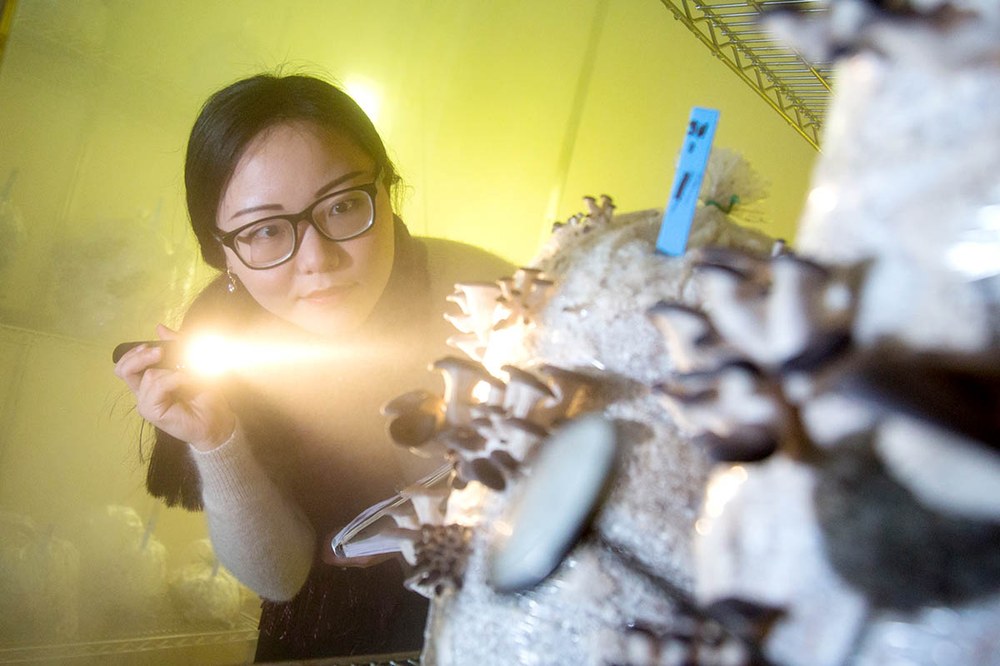The Master of Science in Plant Pathology provides teaching and research experience and other educational opportunities in the study of plant pathology to help prepare graduates for careers in academia, industry, and government. The Master of Science degree requires a minimum of two years of study and research and can usually be completed within three years.

The Master of Science student is exposed to the breadth of the plant pathology discipline through coursework and a research thesis, usually completed in two years.
The Master of Science student is exposed to the breadth of the plant pathology discipline through coursework and a research thesis, usually completed in two years.
Program Requirements
MS Program Requirements for students who started:
The full selection of courses offered at Penn State can be found in LionPATH.
Typical M.S. Program Timeline
| Semester | Activity |
|---|---|
| First | Coursework |
| Decide on research topic, write and submit brief research abstract and project objectives | |
| Apply for dual-degree program (if applicable, see below) | |
| Second | Coursework |
| First seminar | |
| Select thesis research committee | |
| Prepare thesis research proposal | |
| Thesis proposal meeting and thesis approval | |
| Third | Coursework |
| Thesis writing | |
| Fourth | Finish thesis writing |
| Final seminar and thesis defense |
Annual Evaluation
The annual evaluation of graduate students ensures that students receive the mentorship they deserve and are making progress toward completion of their degrees. The annual evaluation of graduate students consists of a collaborative effort between faculty adviser and student to:
- Complete the evaluation form;
- Complete and submit the check sheet with evidence that steps have been completed;
- Demonstrate that the student's web page is up-to-date;
- Present a professional quality CV suitable for awards, job applications, and internships;
- Produce a narrative of service or other activities not captured on a CV.
- In addition, a mid-year check-in with the student's adviser(s) is required to review progress on their actionable goals.

